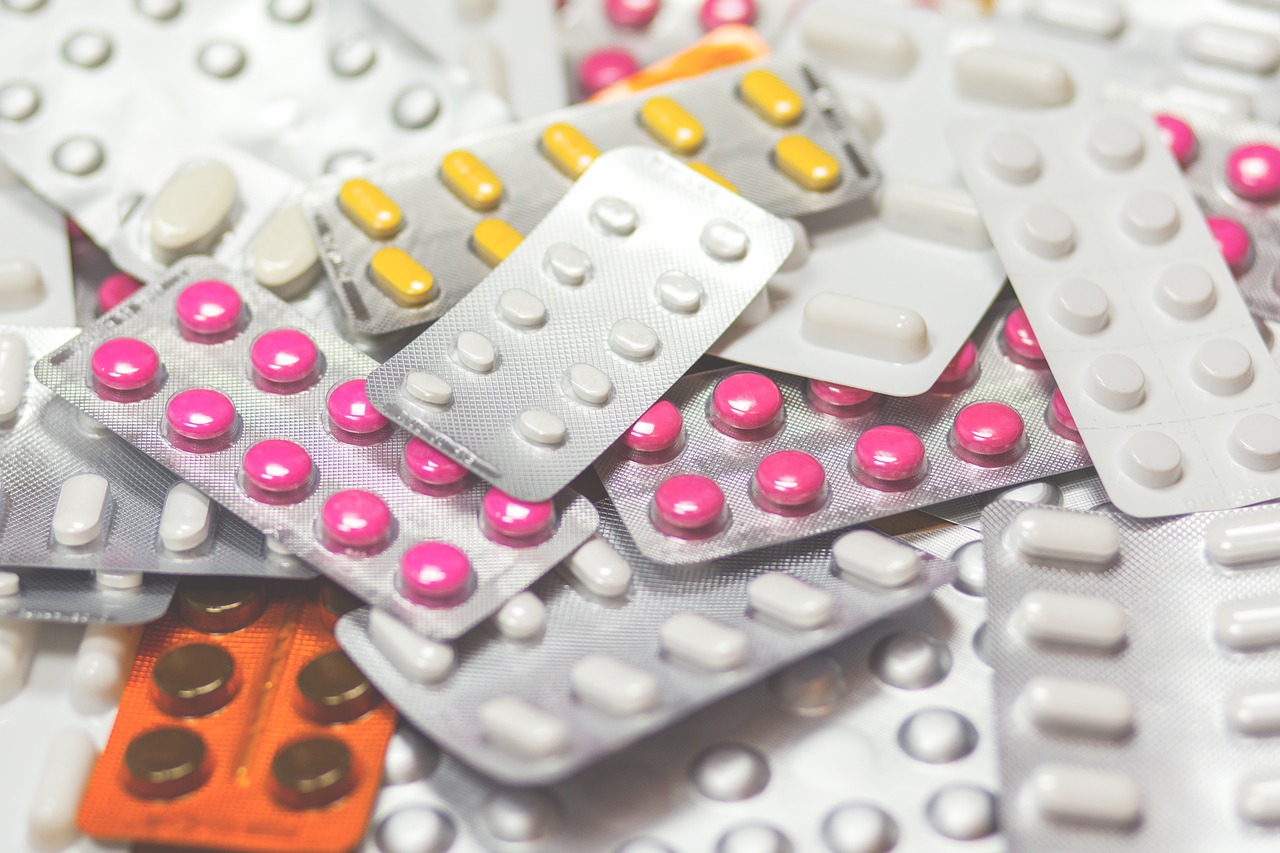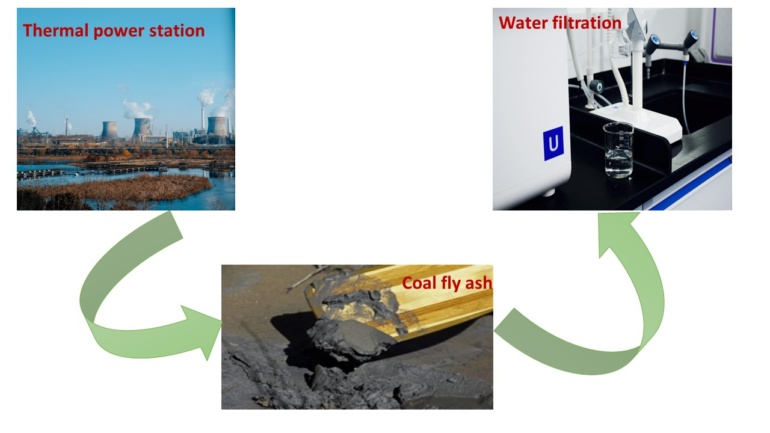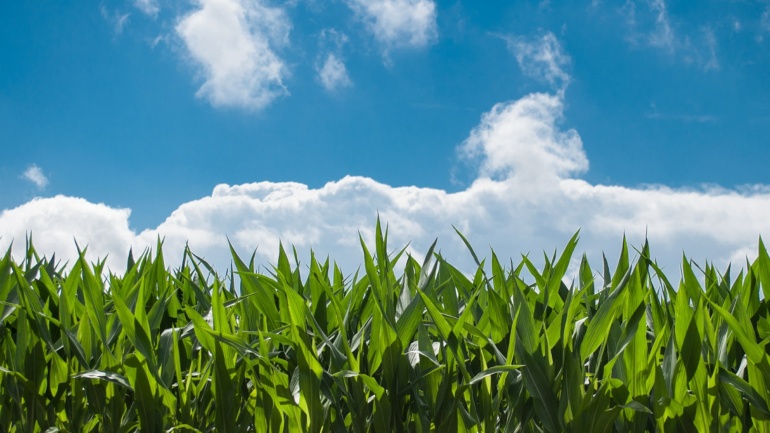By Hoang-Nam Vu, Staff Writer for Save The Water™ | November 21, 2016
Many Americans envision water pollutants as toxic sludge seeping from industrial wastelands, but that is simply not the entire truth. While industrial runoff contributes to the pollution of lake and river ecosystems, much of water pollution lies in aspects we wouldn’t associate water pollution with. An overabundance of basic elements such as nitrogen and phosphorus can essentially asphyxiate river ecosystems. One common contributor is agricultural runoff containing fertilizer which is enhanced with nitrogen and phosphorus. Other sources of water pollutants comes from litter which find their way to local water sources through runoff or simply human carelessness. Even our personal and daily waste can directly impact local aquatic ecosystems.
Pharmaceuticals and Personal-Care Products
An increasing source of water pollution is pharmaceuticals and personal-care products (PPCPs). Unlike the aforementioned imagery of factory-based pollutants, PPCPs are found in our homes These include “medications for pain, depression, and colds; birth control pills; caffeine; hair products; cleaning supplies and pesticides.”1 PPCPs can be sourced back to locations that are essential to society, including “hospitals, nursing homes, pharmacies, veterinary operations, septage tank haulers, and meat processors.”1
PPCPs hold a myriad of negative implications for aquatic ecosystems. Some are classified as endocrine disruptors (EDCs), which “disrupt hormone levels leading to reproductive effects in aquatic organisms.”2 This impacts the ability of these organisms to sustain themselves in the ecosystem, possibly altering their population numbers and the ecosystem’s food web in the long term. Furthermore, PPCPs are problematic because of the abundance of additional substances in the water. While many PPCPs (in their normal doses) would not be problematic on their own, the combination of different PPCPs in trace doses creates a cocktail of substances that can have a strong impact on the ecosystem.
PPCP Detection
A major problem with PPCPs is that they are often unnoticed, and that they build up to impactful levels. It follows, then, that a major part of limiting pollution caused by PPCPs (and especially EDCs) lies in identifying their presence. A study from the University of Florida Institute of Food and Agricultural Sciences (UF/IFAS) led by agricultural and biological engineering professor Rafael Munoz-Carpena has found a method to detect PPCPs before they can disrupt the ecosystems in which they reside. After selecting 16 common PPCPs to test (such as antibiotics, caffeine, analgesics and psychiatric drugs), researchers “mixed the chemicals with blue algae engineered to produce light, using changes in the light signal to gauge the toxicity of the different mixtures of chemicals in the bacteria.”3
The study could provide a basis on which to prevent the spread of PPCPs and mitigate their effects. While scientists can, for the most part, identify singular highly-concentrated PPCPs, this new method could identify mixtures of low-dose PPCPs. Additionally, beyond the effects of EDCs, results from the study confirm that “less-than-lethal effects from PPCPs mixtures make freshwater ecosystems more susceptible to later stresses such as light, temperature, nutrient availability and competition with other organisms.”3
This study also comes at a time of need. Beyond their effects on local aquatic environments, PPCPs can halt the progress of reusable wastewater systems. Recognizing that PPCPs are found in human excrement, the Environmental Protection Agency has noted that the “presence of PPCPs may be the reason why some water reuse projects fail, such as various toilet-to-tap programs.”1 With the use of the newly developed x method, PPCPs can be more readily detected and identified . Thus, the new technology may prove to be a valuable solution for water reuse systems, potentially reducing water pollution as well as water scarcity.
References
- National Environmental Services Center. 2017. “National Environmental Services Center (NESC).” http://www.nesc.wvu.edu/index.cfm
- U.S. Environmental Protection Agency. September 27, 216. “Contaminants of emerging concern including pharmaceuticals and personal care products.” http://bit.ly/29PUcFv
- Institute of Food and Agricultural Sciences. September 7, 2016. “New UF/IFAS method detects low-dose impacts of man-made chemicals in water.” http://bit.ly/2vKDxux





